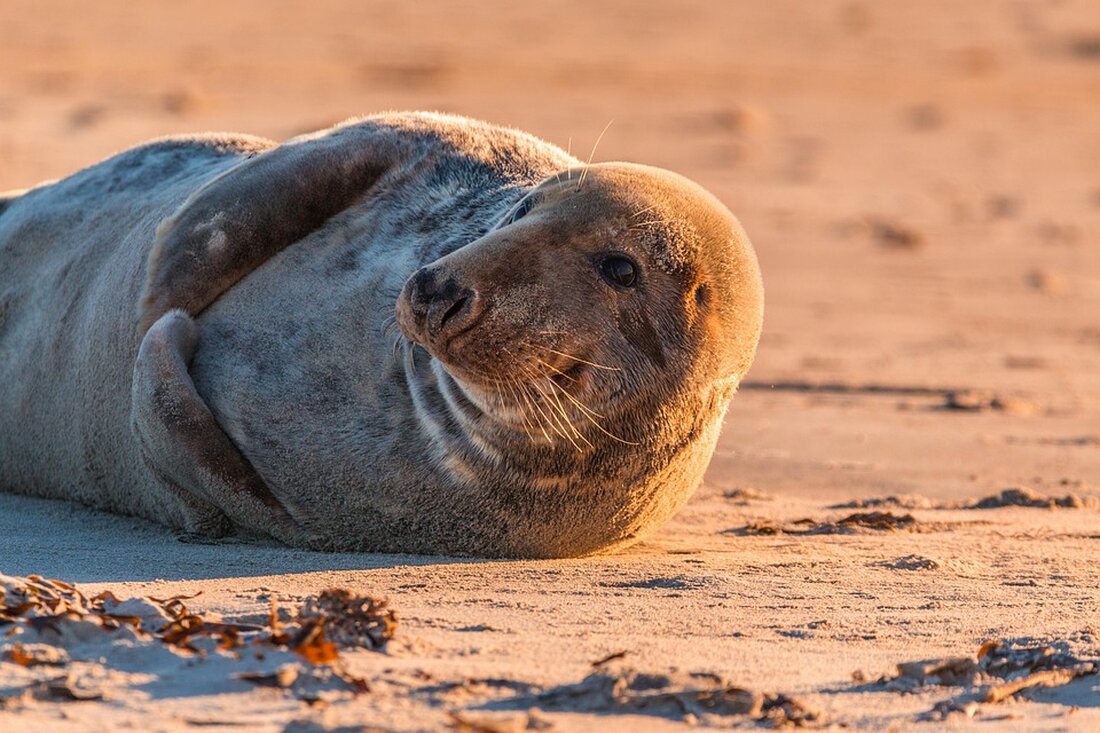Helgoland: New destination for sustainable cruises despite port challenges!
Helgoland is planning to expand cruise tourism with small ships in order to provide sustainable economic stimulus.

Helgoland: New destination for sustainable cruises despite port challenges!
Heligoland aims to attract more cruise tourists and is therefore in negotiations with various shipping companies. Loud hansa-online.de Tourism Director Katharina Schlicht attaches great importance to the controlled expansion of cruise tourism. The strategy includes incorporating smaller to medium-sized vessels to promote the sustainability of tourism on the island.
Helgoland is currently visited by around 10 to 15 cruise ships per year, mainly in the mild seasons of spring and late summer. These ships are mostly smaller expedition and boutique cruise ships with a manageable number of passengers. However, due to the lack of infrastructure for larger ships that a deep-water port would require, Schlicht sees potential in the acquisition of cruises that do not require mass tourism.
Sustainability in focus
The initiative to promote cruise tourism goes hand in hand with the desire to supplement existing day tourism with cruise guests. “We would like to specifically enable smaller cruise ships to call outside of the high season in order to provide impetus for trade, gastronomy and guided tours,” emphasizes Schlicht. The approach should be supported by well-organized disembarkation via tender boats that bring guests safely to shore.
Schlicht is open to ships with up to 800 passengers that do not overload the island's infrastructure. She has not yet been able to provide detailed information about the shipping companies with which negotiations are taking place. Calls are already planned for this year, including the ships “Europa” and “Hanseatic nature” from Hapag-Lloyd Cruises. The “Hamburg” will also head from Plantours to the island’s port next year.
Challenges of cruise tourism
However, global cruise tourism is often criticized. Loud planet-wissen.de Many ships use heavy oils, which cause a significantly higher environmental impact than diesel. These emissions contribute to the high carbon footprint of cruise ships, which pollutes the climate. A ship trip from Great Britain to New York alone can produce around 9 tonnes of CO2 equivalents per passenger.
In addition, over 300 liters of wastewater and other waste are generated on board the ships per day. It is estimated that a quarter of the solid waste in global maritime transport comes from cruise ships. This results not only in a significant environmental footprint, but also in economic and social impacts on the cities visited. Studies show that cruise tourists often spend three times less money in the cities they visit than hotel guests, which does not sustainably support the local economy.
Given these aspects, it is a challenge for Helgoland to design cruise tourism in such a way that it remains both tourist-profitable and ecologically responsible. A balanced concept and well-planned measures are required to meet the needs of all stakeholders.

 Suche
Suche
 Mein Konto
Mein Konto